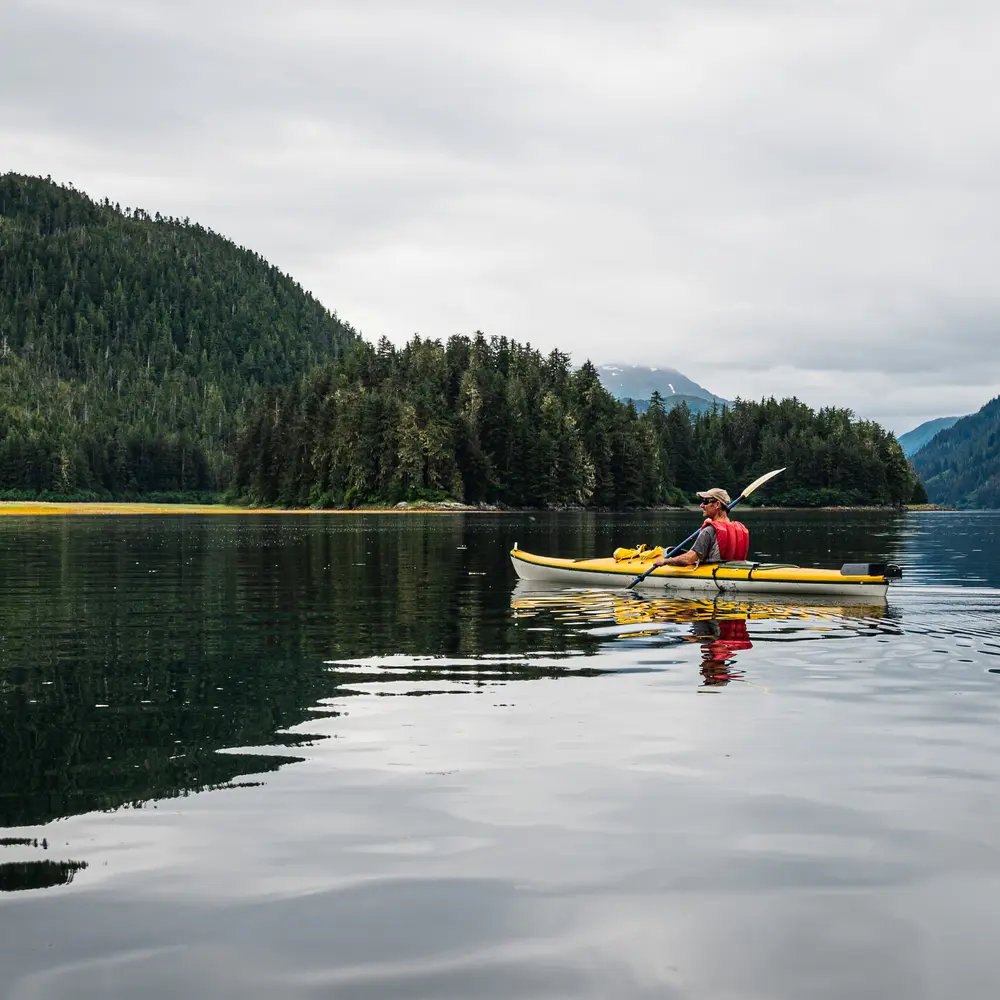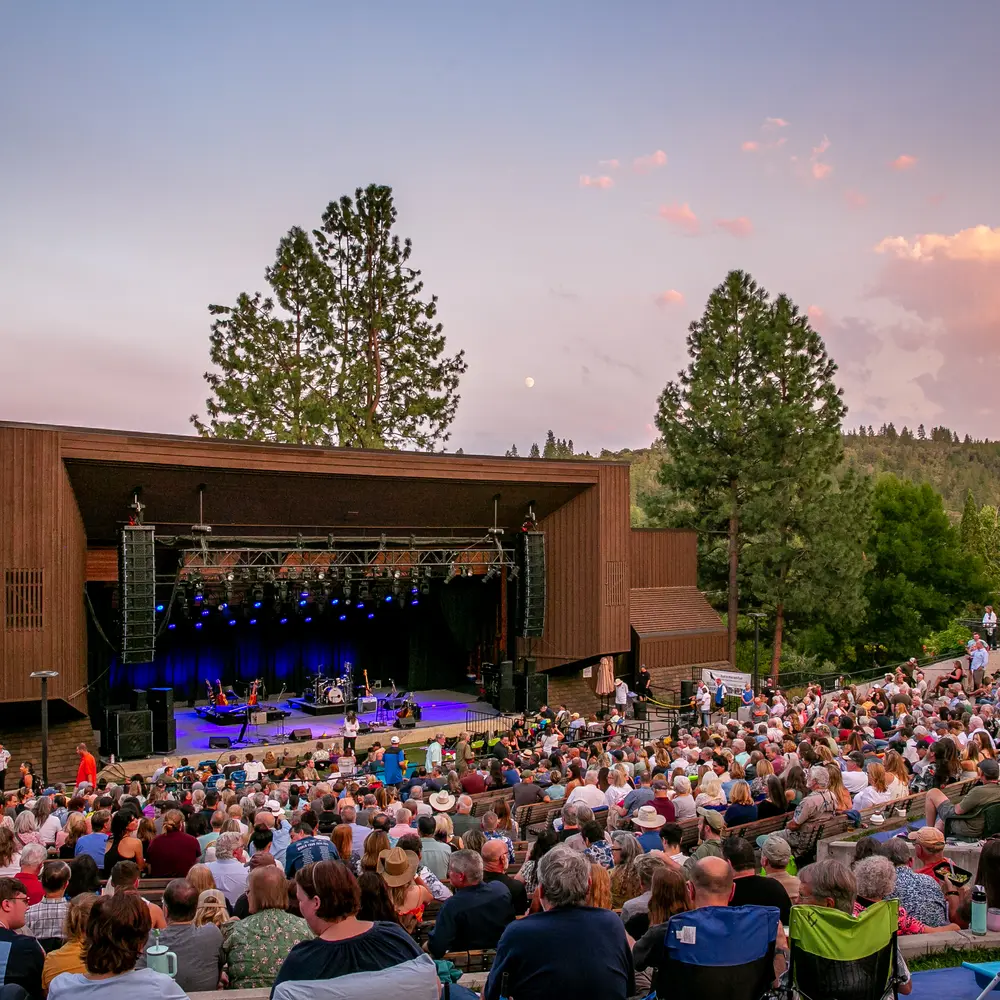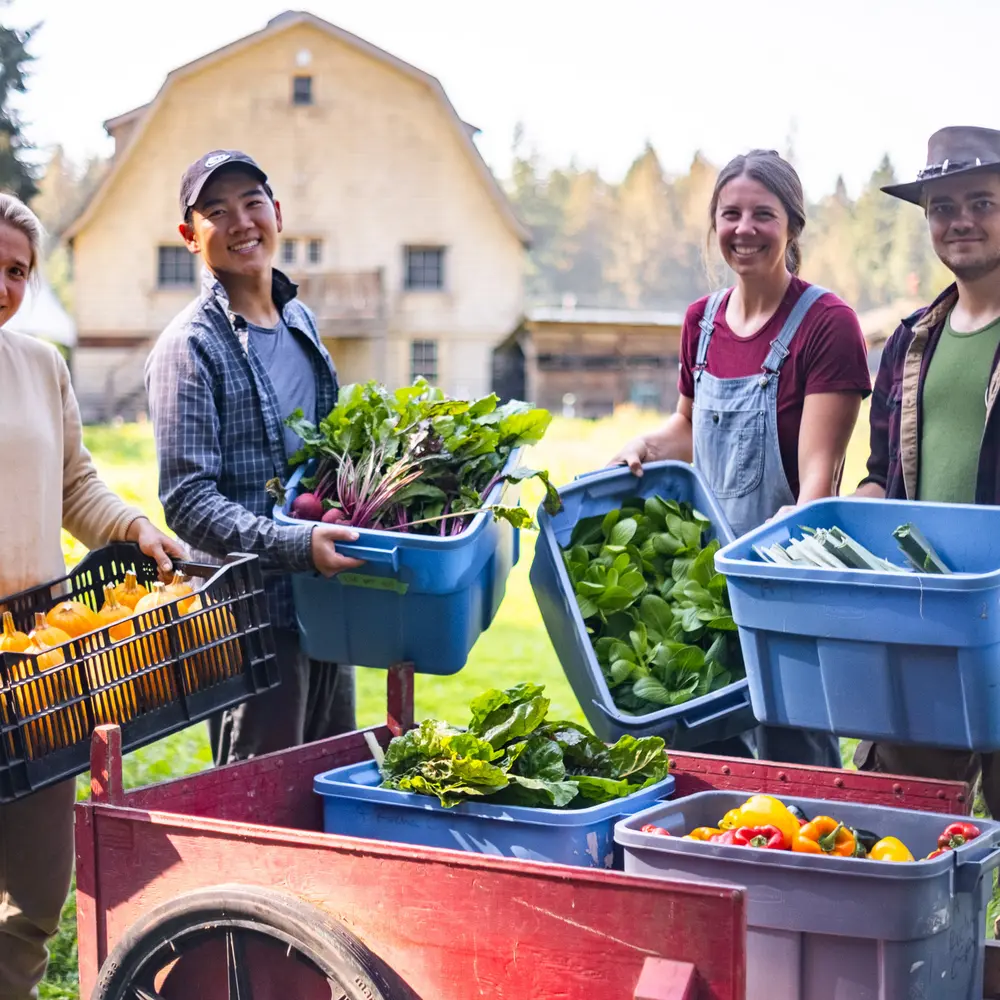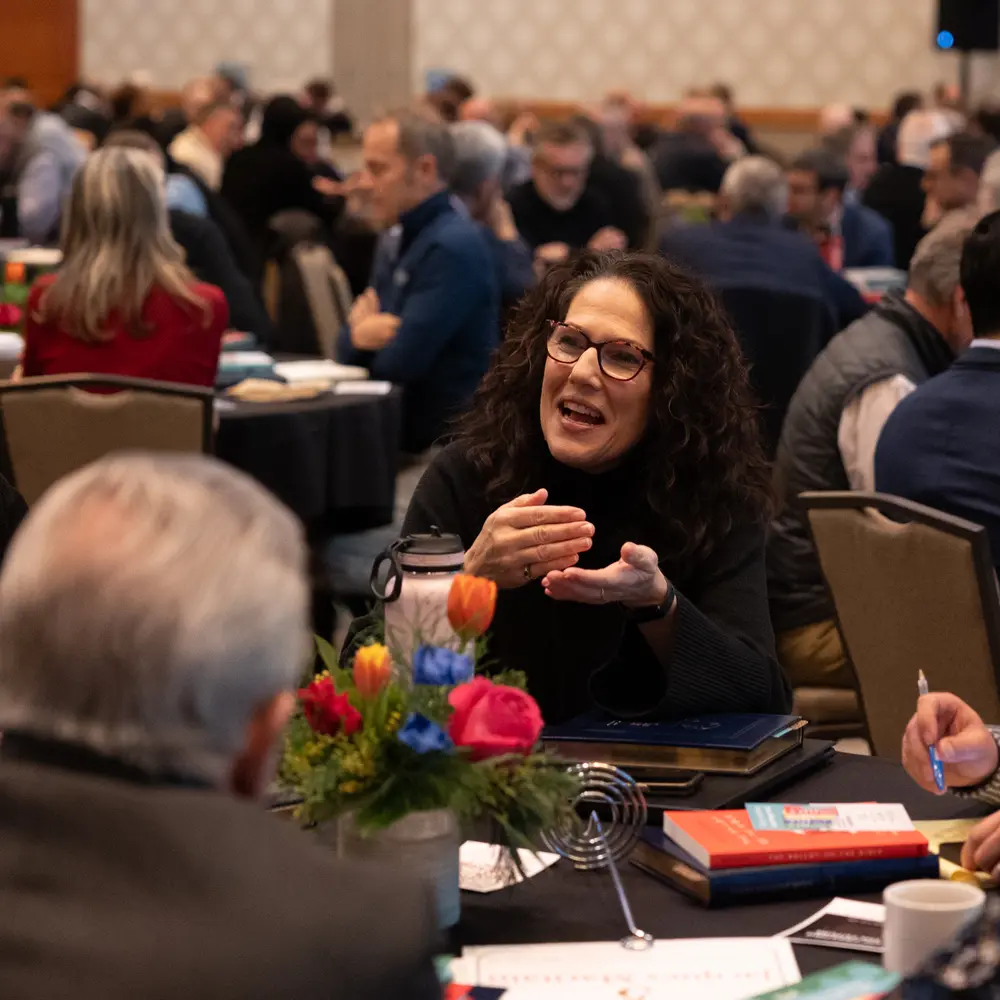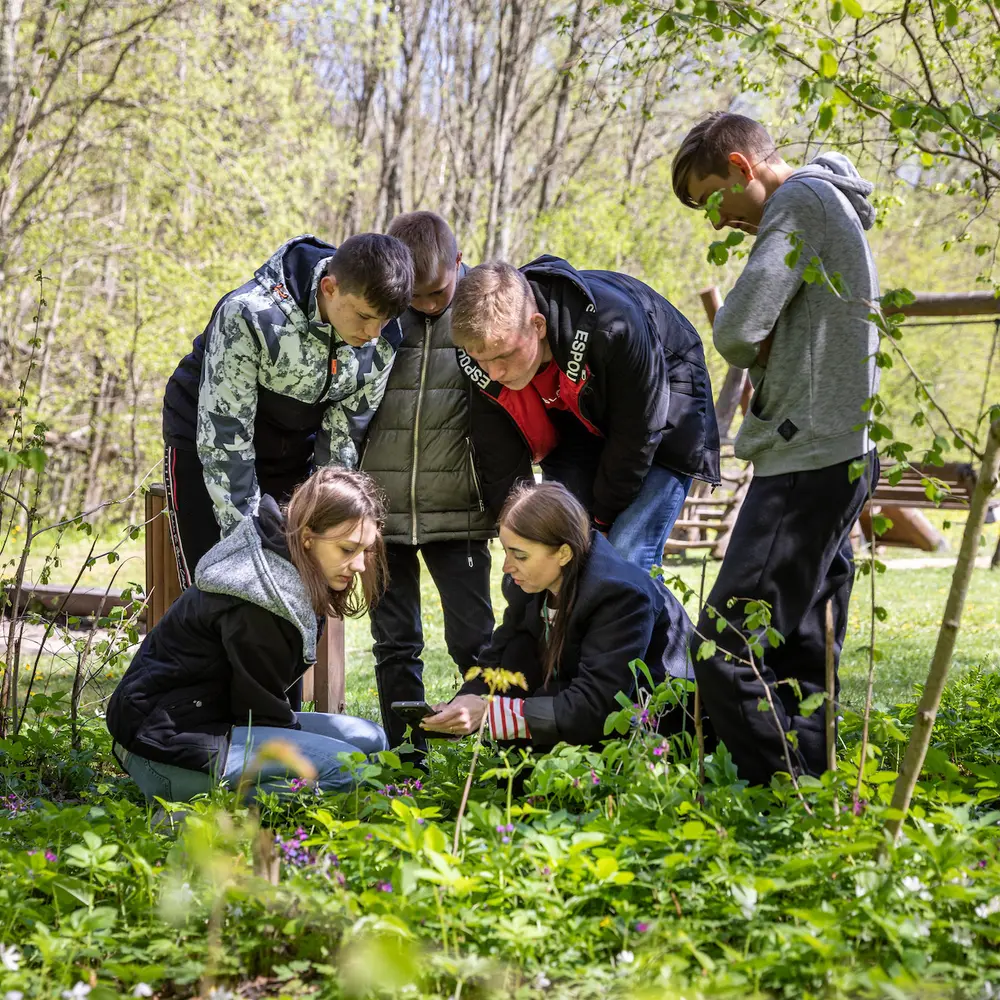For nearly five decades, the Murdock Trust has invested in the scientific community of the Pacific Northwest. Our founder, Jack Murdock, believed that great things could happen through science and innovation. One critical way the Trust has continued Jack’s legacy is through grantmaking and programming that supports a rich and varied landscape of scientific inquiry, discovery, and application. For more than half of the Murdock Trust’s history, our Partners in Science Program has worked toward this vision of science that serves the common good.
As we transitioned to a new sectoral model of grantmaking and were given opportunities to re-evaluate programs within that model, we considered how we could update this beloved program to further strengthen our scientific community. After nearly two years of researching, listening to our constituents, talking with partner funders, and planning, we are pleased to share some of these changes and honor those who are embarking on this first year of reimagined Partners in Science with us.
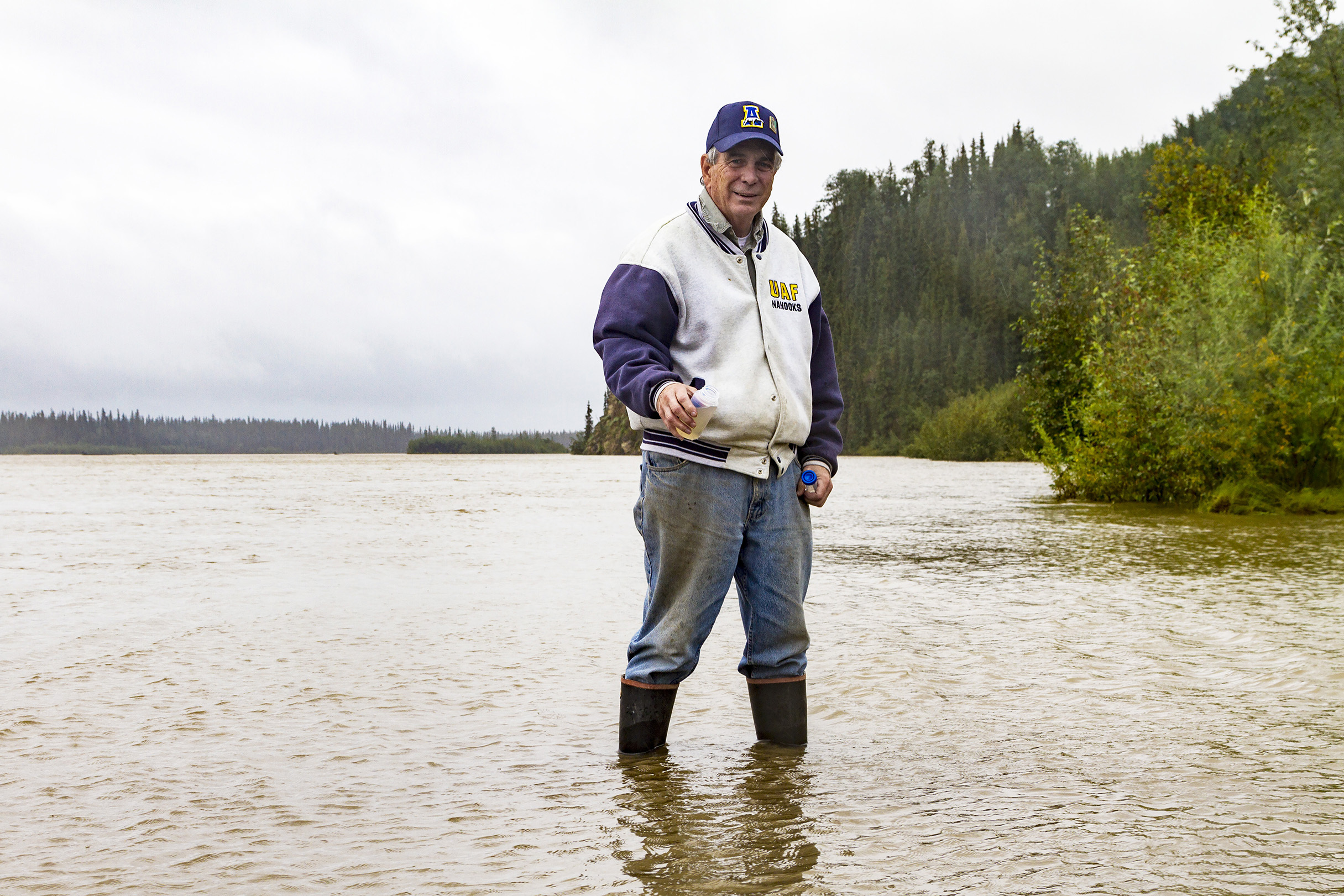
Reimagining Partners in Science
For 34 years, this program has paired secondary school science teachers (Partners) with university researchers (Mentors) in a mutually enriching partnership. Over two summers, Partners and Mentors collaborate on a research project that advances knowledge, provides professional development for Partners, and offers inquiry-rich material and experience to bring back to their classrooms. Engaging secondary school teachers in active research has the potential to enliven their teaching and enable them to more effectively guide their students in the process of inquiry-based learning. This has been shown to strengthen the pipeline of students entering scientific careers and create meaningful collaborations amongst those at all levels of their research journeys.
We are pleased to share that the pillars of this model are not changing. Partners and Mentors will still engage in two summers of research collaboration. Partners will continue to be supported by a dedicated Partners in Science coach, and will gather twice per year for conferences hosted by the Trust to network and present their scientific findings. Classroom Innovation Grants (previously called Supplemental Grants) will still be available to in-service teachers after the research component has concluded. All participants will be welcomed into a community of educators and researchers invested in strengthening the scientific research pipeline and bringing cutting-edge research into science classrooms.
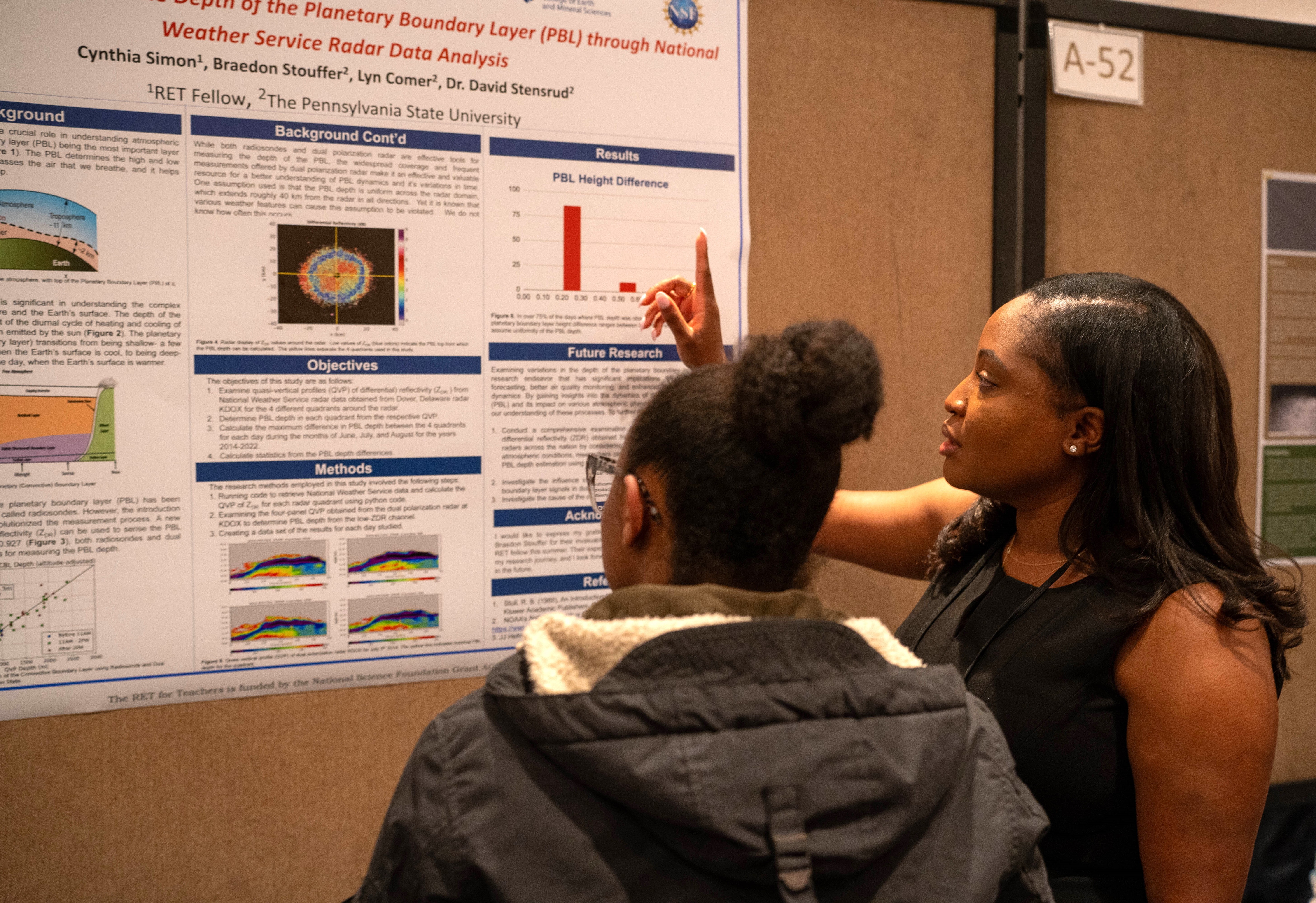
What is changing is our program delivery model, which has been updated with a greater emphasis on sustainability and local involvement. Instead of individual institutions and science teachers applying for grants through the Trust, the Trust will award renewable three-year grants to universities or other qualified research institutions to run the entire Partners in Science research experience within their own network. These institutions are responsible for recruiting teachers, administering the grant, and supporting the partnership.
Why These Changes?
This new model is intended to foster a strong investment from individual universities and create a localized research community that engages nearby secondary schools and the university’s own research centers. While the Trust grant provides some program guidelines, each institution has flexibility to tailor the program to the nuances and needs of their community.
This new model also opens the Partners in Science opportunity to pre-service teachers (those in training to become full-time science teachers). This change is intended to further strengthen the pipeline of strong science teachers entering secondary schools and instill students with inquiry skills that excite and motivate them to pursue a science career.
Finally, this reimagined model is intended to create sustainable programs that outlast Trust funding. While individual grants for single partnerships have yielded considerable impact across the program’s history, empowering institutions to establish robust programs has the potential to cause ripple effects long into the future. Each grant funds up to 18 teachers (depending on how many partners the institution chooses to recruit annually), and each Partner has the potential to impact 100-150 students in their classroom each year. In one local community, this type of impact can be deep and long-lasting.
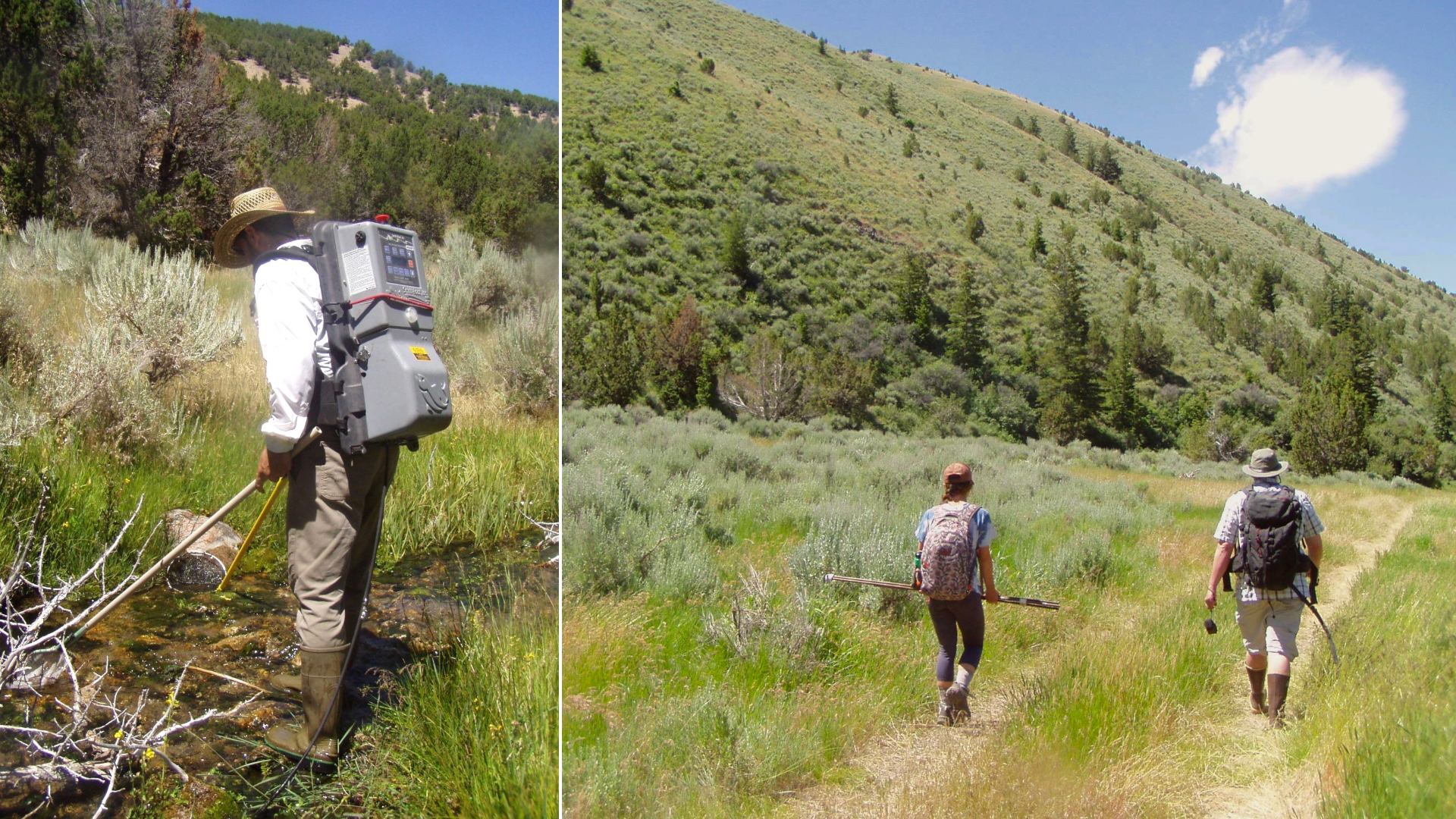
Partners in Science Institutions
We are pleased to announce the five institutions who were awarded grants in November 2023 to begin this new program model with us: Boise State University, Washington State University, Oregon Health and Science University, University of Montana, and Fred Hutch Cancer Center. Each of these academic institutions has a long and strong history with the Partners in Science program and presented a compelling proposal for the establishment of this program at their institution. We are thrilled to support what are sure to be fruitful collaborations within these respected institutions and their networks.
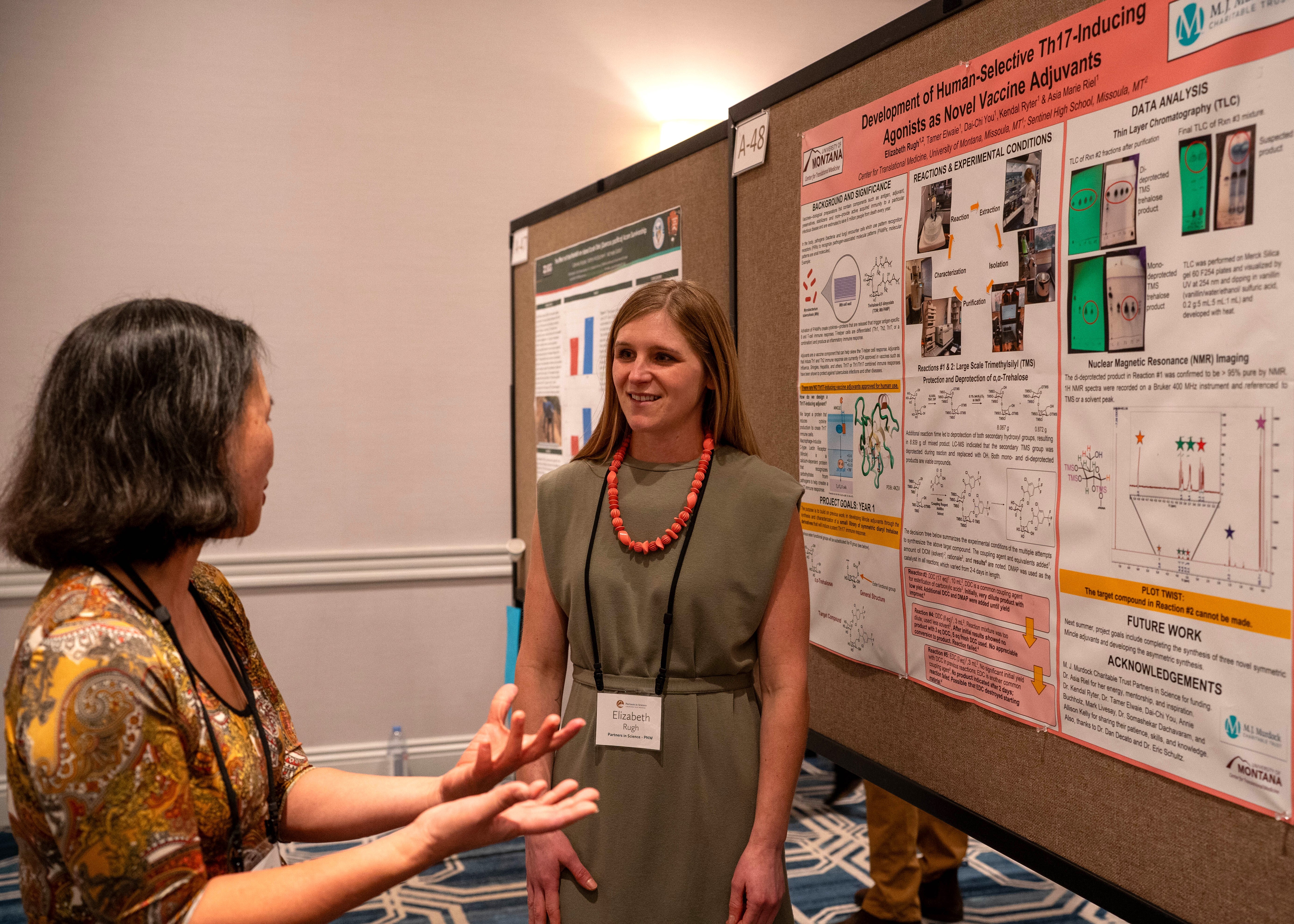
We are incredibly grateful to all past and present Partners in Science leadership who over the years have envisioned and shaped this beloved program with care, dedication, and wisdom. We would not be at this exciting milestone today without you. We are grateful to all coaches and contributors who helped us shape this new model with our communities in mind. And most of all, we are incredibly grateful for all the secondary school science teachers and university researchers who have made this program come to life over so many years. We are excited to step into this next chapter of Partners in Science with you!
To learn details of the program, how to apply as an institution, or how to get involved as a teacher, visit our Partners in Science webpage.
A Note on Naming: In some materials on our website and on participating institutions’ websites, you will see reference to “Partners in Science 2.0”. This is a temporary designation to distinguish between grants being administered in this updated model and those being completed from the previous model. Once all grants from the previous model have been completed, all Partners in Science programs will be referred to simply as “Partners in Science.”

